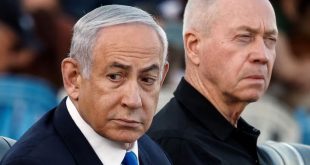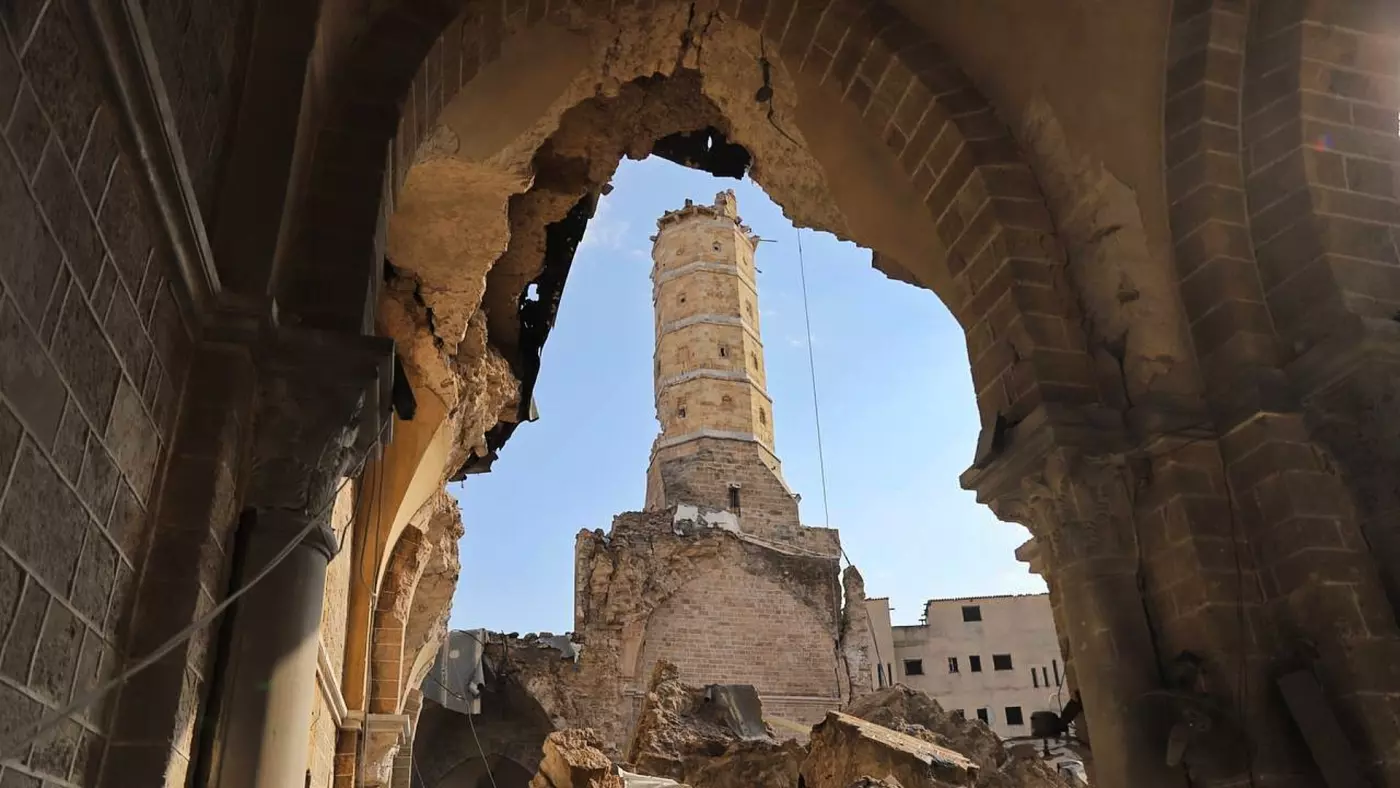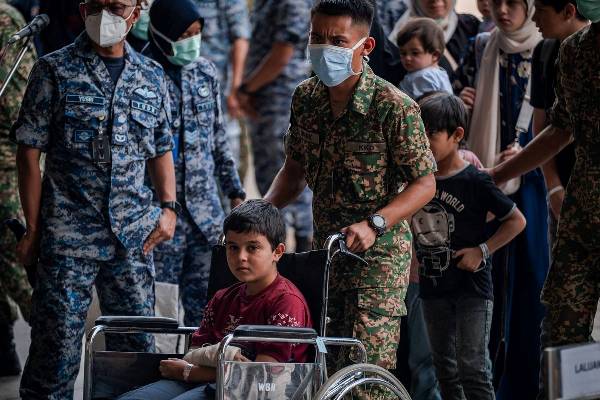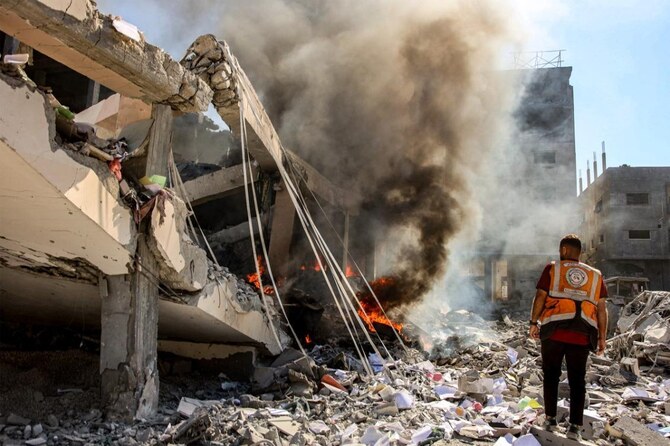In recent years, the Gaza Strip has known only three periodic orders: destroy, rebuild, repeat. Yet the enclave once had a thriving export-oriented economy with assets that continue to offer the potential for prosperity. Boasting natural resources, both inland and offshore, Gaza lies at the crossroads between Europe and Asia, and its population of youth — despite all they have been deprived — possess an unmatched resilience and a highly entrepreneurial spirit. With a largely defunct economy and an impoverished population almost entirely dependent on foreign aid, domestic stability, Palestinian unity and regional solidity have become seemingly unviable prospects. However, should the blockade be lifted, Gaza be reopened for trade, its ports and airports be reconstructed, and its people permitted to move freely, the coastal enclave’s economy could not only be revived, but eventually flourish.
The blockade was imposed on Gaza by the Israeli occupation in 2007. It has prevented freedom of movement of all people and goods within the region, triggering public health catastrophes that make the area borderline uninhabitable. These inhumane conditions have led to Gaza being referred to as the “largest open-air prison in the world“. For Palestinians living in Gaza, even basic economic activities are out of reach.
Israel has limited or denied entry for all materials that it regards as “dual-use“, meaning that they could be used for civilian purpose such as reconstruction as well as for the manufacture of weapons. As a result, the import of cement, wood, iron and many other goods that are essential for rebuilding Gaza’s infrastructure have been highly restricted. Such imports are even more critical with the occupation state’s frequent and relentless military attacks on civilians and their properties. It is not just homes and people subject to destruction, but also factories, industries, businesses and farmland.
Two months ago, during Israel’s 11-day bombardment of Gaza, over 200 industrial and commercial facilities were damaged. Both during and following the bombardment, the Israeli occupation authorities increased restrictions and bans on imports into Gaza, as well as exports. The already prodigious number of challenges that the Strip’s population are met with daily is thus only increasing.
As opposed to addressing the blockade directly and from the beginning, the United States and international donors have expended energy on trying to atone for the aftermath of Israel’s destruction of the Strip. Following the Egyptian-brokered ceasefire between Hamas and the occupation state on 21 May, the US administration pledged to provide humanitarian relief to Gaza and aid the process of reconstruction. Since then, the United States Agency for International Development (USAID) has sent a humanitarian adviser to Jerusalem to consult with the Palestinian Authority (PA). However, the PA’s administration halts at the edges of the West Bank – where Israel has provided a façade of political autonomy – and does not stretch over to the Gaza Strip.
Before the blockade, Gaza’s comparatively modern agricultural sector exported significant amounts of cash crops, such as carnations, fruits and vegetables, to European and Israeli markets. Furniture and garments were also widely manufactured and exported. But decades of economic obstructions and repeated military operations have devastated the enclave’s economy. According to the UN conference on Trade and Development, between 1994 and 2018, the GDP of Gaza’s productive sectors fell from 28 to 13 per cent; manufacturing halved to eight per cent and agriculture fell from nine to five per cent. Gaza’s share in the Palestinian economy also dropped from over one third in the 1990s to less than a quarter in recent years, and its per capita real GDP is now less than half of that of the West Bank. Had Gaza had the same access to production inputs as the West Bank, growth rates would have been three times higher than the current rates. But “enforced isolation from global markets” is what “compels […] overwhelming dependence on Israel for trade,” and this chokehold on Gaza is beneficial for Israel.
In this way, Gaza will need much more than humanitarian aid to attain long-term stability. Palestinians require a sustainable development strategy: the ability to trade, job opportunities and reparations for the environmental damage which are a result of the occupation state’s military attacks.
Despite the restrictions in place and constant ruin Israel brings to Gaza’s people and infrastructure, the Strip has plentiful assets that present potential for its economic recovery. There is also no shortage of ideas globally on how to allow Gaza to prosper. In 2015, significant players in the Palestinian private sector designed a spatial vision and development plan for the enclave. The strategy, which envisages a modern economy focused on trade and exchange, would allow Gaza governates to accommodate a population of around 3.5 million people, create 1.1 million jobs, and increase the GDP to 25 times its current amount by 2050. While capital is available for investment, Israeli restrictions on economic development inhibit the Palestinian private sector, including the diaspora population, from putting money into productive sectors in Gaza and the West Bank.
So long as the Palestinians are unable to access land and natural resources and denied the right to establish ports to encourage trade and economic activity, even the most skillfully laid plans will be void.
It would only take basic measures such as increasing access to cultivable land, fisheries and gas reserves to improve the welfare of those living in Gaza. The occupation state has designated 35 per cent of cultivable land in Gaza as a ‘no-grow zone’ for farmers, with no justification, and bars producers from 85 per cent of fishing waters. Although two gas reservoirs have already been discovered off the enclave’s coast, it is unable to access them and remains dependent on Israel for 60 per cent of its electricity needs.
There must be an international prioritisation of ending the Israeli blockade and restrictions on Gaza. US President Joe Biden’s statements that Palestinians need “equal measures of freedom, prosperity, and democracy,” are virtually empty considering his administration’s continued funding of Israel’s isolation of the Strip, regardless of the effects on the livelihoods of those living there.
Connectivity between Gaza and the West Bank to carry out regular economic activity are also vital for freedom, democracy and prosperity for Palestinians.
The key to solving the crises ravaging Gaza — be it the water, electricity, medical supply and infrastructure shortages — is to lift the blockade and allow Palestinians their right to movement. At the very least, Israel must stop its frequent bombing of the enclave, Gaza must be reopened for trade, its seaports reconstructed, its gas fields explored, its private sector supported, and its export industry reestablished. These measures must be brought to the forefront if there’s to be any hope of stability in the region.
Post Disclaimer | Support Us
Support Us
The sailanmuslim.com web site entirely supported by individual donors and well wishers. If you regularly visit this site and wish to show your appreciation, or if you wish to see further development of sailanmuslim.com, please donate us
IMPORTANT : All content hosted on sailanmuslim.com is solely for non-commercial purposes and with the permission of original copyright holders. Any other use of the hosted content, such as for financial gain, requires express approval from the copyright owners.
 Sri lanka Muslims Web Portal Sri Lanka Muslims News Center
Sri lanka Muslims Web Portal Sri Lanka Muslims News Center
 Donate
Donate


